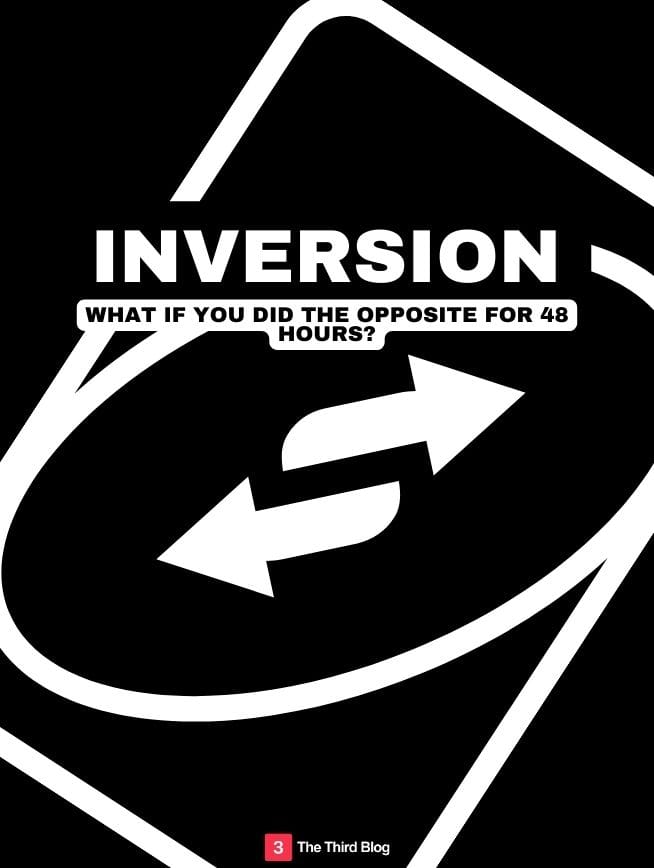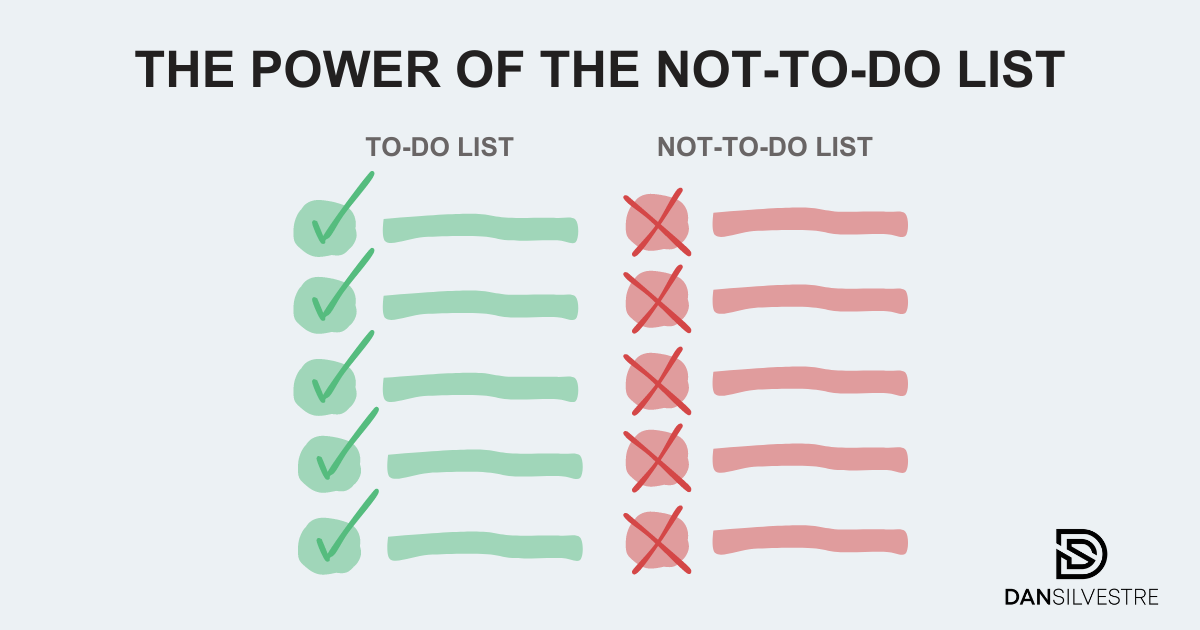The Power of Inversion: A Strategy for Success and Scaling
Embrace the power of inversion to solve problems and innovate. Inspired by Charlie Munger's 'Invert, always invert' and Tim Ferriss's 'What if I did the opposite for 48 hours?', this post explores how reversing conventional approaches can lead to extraordinary outcomes.

With the recent death of Charlie Munger, one of his famous quotes surfaced to the top of my social feeds. This renowned investor and business magnate had a clever mantra for decision-making and problem solving:
“Invert, always invert” - Charlie Munger

Inversion = Doing the opposite
Tim Ferriss has a similar approach, as detailed in his ebook "17 Questions That Changed My Life,". He demonstrates this concept of inversion in a different context. Question one states:
"What if I did the opposite for 48 hours?" - Tim Ferris's
In his sales role, Ferriss shifted his call times to early mornings and evenings, bypassing gatekeepers to reach decision-makers directly. This inversion of conventional methods led to significantly improved results, underscoring the effectiveness of questioning and reversing standard practices.
His experience exemplifies how challenging the norm with an opposite mindset can unveil innovative solutions and strategies, perfectly aligning with Charlie Munger's philosophy of inversion.
How to apply inversion:
- Product Development: Companies often focus on adding features to improve a product. Inverting this would mean asking, "What could we remove from our product to make it better?" This can lead to simplifying the product and improving user experience.
- Health and Fitness: In health, instead of asking, "What can I do to be healthier?" invert the question to, "What habits should I stop or avoid to prevent being unhealthy?" This can lead to identifying and eliminating harmful behaviors.
- Career Growth: Rather than thinking, "What do I need to do to succeed in my career?" consider, "What are the mistakes or actions that could derail my career?" This approach helps in avoiding pitfalls that could harm your professional progress.
- Time Management: Instead of trying to figure out how to do more things, ask yourself, "What can I stop doing or do less of to free up more time?" This can lead to more effective time management by eliminating non-essential activities.
- Relationships: In relationships, instead of thinking about what you can do to make a relationship better, consider what actions or behaviors might be damaging the relationship and should be stopped.
- Learning and Education: In learning, the question might be, "What should I be studying?" Inversion would have you ask, "What are the areas where a lack of knowledge is holding me back the most?" This can help prioritize learning efforts.
- Business Strategy: In business, instead of asking, "How can we grow our market share?" invert to ask, "What are we doing that could cause us to lose market share?" This helps in identifying and mitigating weaknesses in business strategy.
- Personal Happiness: Instead of asking, "What makes me happy?" consider inverting it to, "What is making me unhappy?" By identifying and addressing sources of unhappiness, overall well-being can be improved.
Connecting Inversion and Scaling Up
Inversion is also crucial in scaling businesses. My previous blog on the '10x Rule' illustrates the significance of setting ambitious goals and scaling efforts accordingly.
Inversion complements this by helping identify and eliminate factors that hinder 10x growth. You may also stumble across a goldmine of 'opposite' tasks that can supercharge your output and creativity.

The Not-to-do List: Embracing Inversion in Daily Life

In line with the theme of inversion, another practical tool is the 'Not-to-do List'. This concept is about identifying and avoiding counterproductive habits and behaviours.
Instead of focusing solely on what you should be doing, pay attention to what you shouldn't be doing. By clearly defining these negative actions and consciously avoiding them, you can streamline your efforts, reduce inefficiencies, and enhance productivity.
This approach not only complements the inversion strategy but also offers a clear path to personal and professional improvement by eliminating distractions and focusing on what truly matters.
Conclusion
Munger’s philosophy is a call to action to flip our perspective.
Inversion is a method of approaching problems in the opposite way. Perhaps even backward. Choosing to focusing on what to avoid before what to pursue. This approach not only offers you a new perspective on a given task, but also the opportunity to discover an alternative approach - perhaps a better one.
By inverting our approach, we unlock possibilities, finding solutions not in the direct path but often in the road less traveled. Combined with the principles of the '10x Rule', inversion becomes a powerful tool for achieving exponential growth and success.
See if you can incorporate inversion in your role today.
T3B


